Entrepreneurial Competence: Using Machine Learning to Classify Entrepreneurs
Abstract
1. Introduction
2. Theoretical Framework
- It differs from terms such as ability, dexterity, aptitude, capacity, and performance.
- It considers the integration of three elements: knowledge, skills, and attitudes and values.
- Its ideal performance depends on the context where it takes place (knowing how to do it in a context).
- It covers knowing how to know, how to do, how to be, and how to live together.
- It is not limited only to the behaviors or behaviors observed.
- It is defined in terms of knowing how to act and not knowing how to do, knowing how to know, or knowing how to be separately.
- It is definable in action, as it exists for something that can be performed with it.
- It is perfectly evaluable and measurable.
- It can be learned and developed.
- It implies actions and results.
- It has different levels of performance and different degrees of integration and mastery.
- Involves performing relatively new or non-routine tasks.
- It involves capabilities without which it is not possible to be competent.
- It is flexible and dynamic.
3. Materials and Methods
- 1.
- After filtering the data, we proceeded to perform dimensionality reduction for the three dimensions: knowledge, skills, and attitudes and values using a singular value decomposition and taking the eigenvectors with the highest associated singular values (component).
- 2.
- Once the main components were obtained, the contribution of each of the items that make up each dimension in each of the attributes was analyzed.
- 3.
- Using the data in a smaller dimension for which the base is provided by principal components, a dendrogram type graph was used using the Ward method with Euclidean distances. This procedure allowed us to observe that the data can be divided into three different classes.
- 4.
- With the above information, a linear discriminant analysis was performed to separate and further evidence such division.
- 5.
- The scores that made it possible to detect joint possession of the attributes of entrepreneurial competence were generated by logistic regression since it is a model that allows the identification of the relationships between independent variables that can be of any type and scale. The result of the adjustment is a score contained between zero and one, which is similar to a probability.
- 6.
- The dependent variable was defined with a value of 1 if the subject belonged to the group “high potential entrepreneurs”. For the rest of the individuals, the value zero was assigned.
- 7.
- All the regression coefficients were significant, which means that all the attributes had an effect on the determination of entrepreneurial competence.
- 8.
- The model was evaluated with the test data and the results were shown in a confusion matrix that indicated its level of precision.
- 9.
- The normality of the distribution of the scores of the individuals is verified using the created model.
- 10.
- Each individual is scored between 0 and 5 per attribute and the individual is also scored between 0 and 10 per dimension.
- 11.
- The scores for all main components (attributes) are included.
- 12.
- Individuals are identified, ranked from 0 to 100, and classified into three groups (red, yellow, and green), which represents the entrepreneurial maturity metric.
4. Results
4.1. Knowledge
- Autonomous learning: The faculty that takes conceptual and abstract information on where and how to obtain unappreciated resources, both explicit and tacit, and how to use them efficiently;
- Previous experience: Tacit knowledge acquired from the practices associated with the individual’s learning, includes work, professional, entrepreneurial, and managerial experiences and those that are acquired by a relationship with a specific industry;
- Critical thinking: The ability to carry out evaluations, judgments, or make decisions associated with the analysis of an opportunity, the creation of a business, and its growth by using simplified mental models aimed at joining information that was previously disjointed;
- Possession of information: This covers all the data, concepts, or theories previously acquired and that individuals use during the process of discovering and taking advantage of opportunities and the formation of new businesses.
4.2. Skills
- Exploit opportunities: Subjective action oriented to the ability to identify new combinations of available resources and information through constant inquiry into the environment and observation of changes;
- Development of contact networks: This consists of building and transforming relationships of an effective nature into relationships of an instrumental nature in order to acquire trust, be more efficient, promote the exchange of resources, provide ideas, access privileged business opportunities, and to obtain the commitment, help, and skills of the actors involved in order to materialize a project or task and to improve innovation;
- Creativity and innovation: The behavioral pattern of an individual who is interested in creating change and carrying out a dynamic that pushes the market on a model of imbalance that permits developing, acquiring, building, or managing new products, processes, services, materials raw materials, and methods of organization;
- Leadership: The ability to define a vision of what is possible and to attract people to work together on it in order to transform the vision into reality by facilitating individual and collective efforts to achieve a shared goal;
- Persuasion: The process of influencing or convincing people to change their attitude or behavior in order to define a vision of what is possible or what you want to achieve;
- Decision making and problem solving: This involves choosing between possible effects of an action using a set of given means and, in addition, choosing the set of means to achieve a desired effect. This is especially applied in situations where there are no historical trends, levels performance reports, and little or no specific information. Therefore, the future is highly uncertain and the nature or precise characteristics of the objectives are not known with any degree of certainty.
4.3. Attitudes and Values
- Self-efficacy: The belief that an individual has the individual ability to pursue and persist to achieve a goal, even in the face of skepticism from others.
- Competitiveness: The complex action-emotion of an individual who is aggressively involved in a chronic and incessant struggle to achieve more in less time and who, if necessary, will do so against the opposing efforts of other situations, means, or persons.
- Confidence: This arises when individuals are optimistic and confident in their analysis of a situation by using their estimation skills and recognizing the uncertainty that really exists.
- Nonconformity and individualism: The ability to execute a series of initiatives that contribute to improving the environment. This implies thinking in a personal capacity outside the established margins for the generation of new products, processes, services, markets, projects, or companies.
- Legitimacy: The deliberate manipulation of the individual and her project, which allows external actors to perceive a sense of relative permanence of the project that is being initiated.
- Internal locus of control: The perception that rewards are a consequence of an individual’s behavior; that is, the ability perceived by subjects to directly influence events in their lives.
- Motivation: The incentive that leads people to carry out specific actions and that must necessarily be intrinsic because they are motivated to achieve their goals, they enjoy the process of performing it, they obtain personal satisfaction, or because the activity is significant in itself for them.
- Persistence: The continuity of actions that involve intense effort during long and difficult hours regardless of the obstacles that arise in order to meet the proposed objectives. The level of commitment helps individuals overcome fatigue and failure to achieve a goal.
- Tendency to take risks: The perceived probability of receiving rewards associated with the success of a specific situation and for which the alternative provides fewer rewards as well as less severe consequences.
- Tolerance to failure and uncertainty: The ability to accept that failure is a learning technique that provides the opportunity to diagnose why an error has occurred; failures provide information to discover uncertainties that were previously unpredictable.
5. Discussion and Conclusions
- Possessing a methodology focused on evaluating people;
- Evaluate accurately and objectively the entrepreneurs who will carry out the projects in order to set criteria and expectations about them;
- Identify high-potential entrepreneurs with a precision greater than 98;
- Determine gaps to design or adjust training programs;
- Efficiently allocate resources for entrepreneurship;
- Identify entrepreneurial attributes in order to enhance or develop them;
- Gather useful information for making strategic decisions;
- Design personalized models of entrepreneurial competence;
- Minimize the risk in capital investment;
- Increase positive impact by appropriately allocating support programs and capital for investment in entrepreneurship.
- Collection of useful information for the recruitment of new talents and preparation of career plans, training, evaluation, promotion, and compensation systems;
- Facilitate the adjustment between the job profile and the required attributes based on the processes of selection, location, and training of personnel;
- Evaluate workers accurately and objectively to set criteria and expectations about them;
- Promote the development of human talent by using specific training processes;
- Design personalized models of entrepreneurial competence according to organizational objectives in order to adjust the processes of evaluation and management of worker performance;
- Identify organizational competencies and their strategic alignment;
- Provide feedback to workers about their performance;
- Provide development opportunities and create conditions for the active participation of all members of the organization considering the organizational objectives;
- Promote the individual development of workers;
- Promote workers to carry out positions in a higher field due to the identification of their potential;
- Adjust workers to each position based on the processes of selection, location, and training of personnel;
- Identify workers who hold positions for which they are not prepared due to lack of appropriate training.
Author Contributions
Funding
Institutional Review Board Statement
Conflicts of Interest
References
- Cantillon, R. Essai Sur la Nature du Commerce en General, Reimpreso por la Universidad de Harvard (1892); Ellis: Boston, MA, USA, 1755; pp. 40–42. [Google Scholar]
- Say, J.B. Traité d’économie politique. 2 vols. In Deterville Paris; A.M. Kelly Publishers: New York, NY, USA, 1803. [Google Scholar]
- Polli, I.R.R.; Polli, V.; Vieira, J.H. El Perfil Intraemprendedor Como Factor de Contribución a la Gestión de Personas en las Organizaciones. In The Oxford Handbook of Innovation; Universidad de Valencia: Valencia, Spain, 2004; Chapter 31; pp. 495–506. [Google Scholar]
- Alvarez, S.A.; Busenitz, L.W. The entrepreneurship of resource-based theory. J. Manag. 2001, 27, 755–775. [Google Scholar] [CrossRef]
- Herron, L. The Effects of Characteristics of the Entrepreneur on New Venture Performance; University of South Carolina Press: Columbia, SC, USA, 1991. [Google Scholar]
- Sandberg, W.R. New Venture Performance: The Role of Strategy and Industry Structure; Lexington Books: Blue Ridge Summit, PA, USA, 1986. [Google Scholar]
- Cooper, A.C.; Willard, G.E.; Woo, C.Y. Strategies of high performing new and small firms: A reexamination of the niche concept. J. Bus. Ventur. 1986, 1, 247–260. [Google Scholar] [CrossRef]
- Shapero, A. The entrepreneurial event. In The Environment for Entrepreneurship; Kent, C.A., Ed.; Lexington Books: Lexington, MA, USA, 1984. [Google Scholar]
- Aldrich, H.E. Entrepreneurship through social networks. In The Art and Science of Entrepreneurship; Ballinger Press: Cambridge, MA, USA, 1986; pp. 3–23. [Google Scholar]
- Acs, Z.J.; Audretsch, D.B. Innovation, market structure, and firm size. In The Review of Economics and Statistics; MIT Press: Cambridge, MA, USA, 1987; pp. 567–574. [Google Scholar]
- Cooper, A.C.; Woo, C.Y.; Dunkelberg, W.C. Entrepreneurs’ perceived chances for success. J. Bus. Ventur. 1988, 3, 97–108. [Google Scholar] [CrossRef]
- Mitchell, R.K.; Smith, J.B.; Morse, E.A.; Seawright, K.W.; Peredo, A.M.; McKenzie, B. Are entrepreneurial cognitions universal? Assessing entrepreneurial cognitions across cultures. Entrep. Theory Pract. 2002, 26, 9–32. [Google Scholar] [CrossRef]
- Gartner, W.B. A conceptual framework for describing the phenomenon of new venture creation. Acad. Manag. Rev. 1985, 10, 696–706. [Google Scholar] [CrossRef]
- Gartner, W.B. “Who is an entrepreneur?” is the wrong question. Am. J. Small Bus. 1988, 12, 11–32. [Google Scholar] [CrossRef]
- Covin, J.G.; Slevin, D.P. A conceptual model of entrepreneurship as firm behavior. Entrep. Theory Pract. 1991, 16, 7–26. [Google Scholar] [CrossRef]
- Covin, J.G.; Slevin, D.P. Leadership, Entrepreneurial. In Wiley Encyclopedia of Management; Elsevier: Amsterdam, The Netherlands, 2015; pp. 1–4. [Google Scholar]
- Adomako, S.; Danso, A.; Uddin, M.; Damoah, J.O. Entrepreneurs’ optimism, cognitive style and persistence. Int. J. Entrep. Behav. Res. 2016, 22, 84–108. [Google Scholar] [CrossRef]
- Cunningham, J.B.; Lischeron, J. Defining entrepreneurship. J. Small Bus. Manag. 1991, 29, 45–61. [Google Scholar]
- Stanley Budner, N. Intolerance of ambiguity as a personality variable 1. J. Personal. 1962, 30, 29–50. [Google Scholar] [CrossRef]
- Fiedler, F.E. Leadership effectiveness. Am. Behav. Sci. 1981, 24, 619–632. [Google Scholar] [CrossRef]
- Bandura, A. Self-efficacy: Toward a unifying theory of behavioral change. Psychol. Rev. 1977, 84, 191. [Google Scholar] [CrossRef] [PubMed]
- Bandura, A. Self-efficacy mechanism in human agency. Am. Psychol. 1982, 37, 122. [Google Scholar] [CrossRef]
- Brockhaus Sr, R.H. Risk taking propensity of entrepreneurs. Acad. Manag. J. 1980, 23, 509–520. [Google Scholar]
- Espiritu-Olmos, R.; Sastre-Castillo, M.A. Personality traits versus work values: Comparing psychological theories on entrepreneurial intention. J. Bus. Res. 2015, 68, 1595–1598. [Google Scholar] [CrossRef]
- Dane, E.; Pratt, M.G. Exploring intuition and its role in managerial decision making. Acad. Manag. Rev. 2007, 32, 33–54. [Google Scholar] [CrossRef]
- Rivera-Kempis, C. Competencia emprendedora y comportamiento emprendedor: Análisis en el contexto venezolano. Ph.D. Thesis, Universidad Complutense de Madrid, Madrid, Spain, 2014. [Google Scholar]
- Rivera-Kempis, C.; Montoro-Sánchez, M.Á. El comportamiento emprendedor desde el enfoque basado en las competencias: Una propuesta teórica/Entrepreneurial behavior from a competence based view: A theoretical perspective. In Anales de la Universidad Metropolitana; Universidad Metropolitana: Caracas, Venezuela, 2015; Volume 15, p. 59. [Google Scholar]
- Rivera-Kempis, C.; Prat, J. Evaluacion de la competencia emprendedora: Propuesta de escala de medicion. In Conferencia Iberica de Empreendedorismo; Universidad de Salamanca: Salamanca, Spain, 2018; Volume 8. [Google Scholar]
- Weinert, F.E. Concept of competence: A conceptual clarification. In Defining and Selecting Key Competencies; Hogrefe & Huber Publishers: Seattle, WA, USA, 2001; pp. 45–65. [Google Scholar]
- Tobón, S. Formación Basada en Competencias: Pensamiento Complejo, Diseño Curricular y Didáctica; Ecoe Ediciones: Bogota, Colombia, 2005. [Google Scholar]
- Rivera-Kempis, C.; Prat, J. Validacion de una escala para medir la competencia emprendedora. In Emprendimiento e Innovación: Oportunidades Para Todos; Universidad de Cordoba: Cordoba, Spain; Librería Dykinson: Madrid, Spain, 2019; pp. 85–91. [Google Scholar]
- Rychen, D.S.; Salganik, L.H. Key Competencies for a Successful Life and Well-Functioning Society; Hogrefe Publishing: Gottingen, Germany, 2003. [Google Scholar]
- González, J.; Wagenaar, R. Tuning Educational Structures in Europe: Informe Final Fase uno; Universidad de Deusto: Bilbao, Spain; Universidad de Groningen: Groningen, The Netherlands; Estudios Sobre Educación: Bilbao, Portugal, 2003; p. 239. [Google Scholar]
- Rychen, D.S.; Salganik, L.H. Defining and Selecting Key Competencies; Hogrefe & Huber Publishers: Gottingen, Germany, 2001. [Google Scholar]
- Zabalza, M.; Beraza, M. Competencias Docentes del Profesorado Universitario: Calidad y Desarrollo Profesional; Narcea Ediciones: Madrid, Spain, 2003. [Google Scholar]
- Martínez-Clares, P.; Martínez-Juárez, M.; Muñoz-Cantero, J.M. Formación basada en competencias en educación sanitaria: Aproximaciones a enfoques y modelos de competencia. RELIEVE Rev. Electrónica De Investig. Y Evaluación Educ. 2008, 14, 1–23. [Google Scholar] [CrossRef][Green Version]
- Puig, J.; Hartz, B. Concepto de competencia y modelos de competencias de empleabilidad. In Primer Encuentro Internacional de Educación Superior: Formación por Competencias; Universidad de Antioquia: Medellìn, Colombia, 2005. [Google Scholar]
- McClelland, D.C. Testing for competence rather than for “intelligence”. Am. Psychol. 1973, 28, 1. [Google Scholar] [CrossRef] [PubMed]
- Larraín, A.M.; González, L.E. Formación universitaria por competencias. Semin. Int. CINDA. Currículo Univ. Basado En Competencias 2005, 44, 3–23. [Google Scholar]
- Spencer, L.; Spencer, S. Competence at Work; John Wiley & Sons: New York, NY, USA, 1993. [Google Scholar]
- Levy-Leboyer, C.; Prieto, J.M. Gestión de las Competencias: Cómo Analizarlas, cómo Evaluarlas, cómo Desarrollarlas; Gestión Barcelona 2000: Barcelona, Spain, 2001. [Google Scholar]
- García, J.; López, N. ¿ Qué son las Competencias en Educación; Gafra Editores: Mexico City, Mexico, 2012. [Google Scholar]
- Delors, J.; Amagi, I.; Carneiro, R.; Chung, F.; Geremek, B.; Gorham, W.; Kornhauser, A.; Manley, M.; Padrón Quero, M.; Savané, K.S.; et al. La educación encierra un tesoro: Informe para la UNESCO de la Comisión Internacional sobre la Educación para el Siglo Veintiuno; Santillana-Unesco: Madrid, Spain, 1997. [Google Scholar]
- Botello, C.M.S.; Vega, M.C. Competencias y educación superior. Un estudio empírico. Horizontes Educ. 2007, 12, 23–35. [Google Scholar]
- Cuervo, A. Individual and environmental determinants of entrepreneurship. Int. Entrep. Manag. J. 2005, 1, 293–311. [Google Scholar] [CrossRef]
- Shane, S.; Venkataraman, S. The promise of entrepreneurship as a field of research. Acad. Manag. Rev. 2000, 25, 217–226. [Google Scholar] [CrossRef]
- Herron, L.; Robinson, R.B., Jr. A structural model of the effects of entrepreneurial characteristics on venture performance. J. Bus. Ventur. 1993, 8, 281–294. [Google Scholar] [CrossRef]
- Herron, L.; Sapienza, H.J. The entrepreneur and the initiation of new venture launch activities. Entrep. Theory Pract. 1992, 17, 49–55. [Google Scholar] [CrossRef]
- Dyer, J.H.; Gregersen, H.B.; Christensen, C. Entrepreneur behaviors, opportunity recognition, and the origins of innovative ventures. Strateg. Entrep. J. 2008, 2, 317–338. [Google Scholar] [CrossRef]
- Shane, S.; Locke, E.A.; Collins, C.J. Entrepreneurial motivation. Hum. Resour. Manag. Rev. 2003, 13, 257–279. [Google Scholar] [CrossRef]
- Baron, R.A. The cognitive perspective: A valuable tool for answering entrepreneurship’s basic “why” questions. J. Bus. Ventur. 2004, 19, 221–239. [Google Scholar] [CrossRef]
- Van Praag, C.M.; Versloot, P.H. What is the value of entrepreneurship? A review of recent research. Small Bus. Econ. 2007, 29, 351–382. [Google Scholar] [CrossRef]
- Cardon, M.S.; Wincent, J.; Singh, J.; Drnovsek, M. The nature and experience of entrepreneurial passion. Acad. Manag. Rev. 2009, 34, 511–532. [Google Scholar] [CrossRef]
- Carsrud, A.; Brännback, M. Entrepreneurial motivations: What do we still need to know? J. Small Bus. Manag. 2011, 49, 9–26. [Google Scholar] [CrossRef]
- Sastre-Castillo, M.A.; Peris-Ortiz, M.; Danvila-Del Valle, I. What is different about the profile of the social entrepreneur? Nonprofit Manag. Leadersh. 2015, 25, 349–369. [Google Scholar] [CrossRef]
- Mill, J.S. Principles of Political Economy with Some of Their Applications to Social Philosophy; Longmans, Green, Reader, and Dyer: Harlow, UK, 1872. [Google Scholar]
- Schumpeter, J.A. The Theory of Economic Development: An Inquiry into Profits, Capital, Credit, Interest, and the Business Cycle (1912/1934); Transaction Publishers: Piscataway, NJ, USA, 1982; Volume 1, p. 244. [Google Scholar]
- Rotter, J.B. Generalized expectancies for internal versus external control of reinforcement. Psychol. Monogr. Gen. Appl. 1966, 80, 1. [Google Scholar] [CrossRef]
- Neisser, U. Cognitive Psychology; Appleton-Century-Crofts: New York, NY, USA, 1967. [Google Scholar]
- Kirton, M. Adaptors and innovators: A description and measure. J. Appl. Psychol. 1976, 61, 622. [Google Scholar] [CrossRef]
- Phillips, L.D.; Wright, C. Cultural differences in viewing uncertainty and assessing probabilities. In Decision Making and Change in Human Affairs; Springer: Berlin/Heidelberg, Germany, 1977; pp. 507–519. [Google Scholar]
- Brockhaus, R.H. The psychology of the entrepreneur. In University of Illinois at Urbana-Champaign’s Academy for Entrepreneurial Leadership Historical Research Reference in Entrepreneurship; Urbana-Champaign: Champaign County, IL, USA, 1982. [Google Scholar]
- Begley, T.M.; Boyd, D.P. Psychological characteristics associated with performence in entrepreneurial firms and smaller businesses. J. Bus. Ventur. 1987, 2, 79–93. [Google Scholar] [CrossRef]
- Mitton, D.G. The compleat entrepreneur. Entrep. Theory Pract. 1989, 13, 9–20. [Google Scholar] [CrossRef]
- Shaver, K.G.; Scott, L.R. Person, process, choice: The psychology of new venture creation. Entrep. Theory Pract. 1992, 16, 23–46. [Google Scholar] [CrossRef]
- Bird, B.J. The operation of intentions in time: The emergence of the new venture. Entrep. Theory Pract. 1992, 17, 11–20. [Google Scholar] [CrossRef]
- Gartner, W.B.; Bird, B.J.; Starr, J.A. Acting as if: Differentiating entrepreneurial from organizational behavior. Entrep. Theory Pract. 1992, 16, 13–32. [Google Scholar] [CrossRef]
- Venkataraman, S.; MacMillan, I.; McGrath, G.; Sexton, D. Progress in research on corporate venturing. Manag. Sci. 1990, 30, 9. [Google Scholar]
- Krueger, N. The impact of prior entrepreneurial exposure on perceptions of new venture feasibility and desirability. Entrep. Theory Pract. 1993, 18, 5–21. [Google Scholar] [CrossRef]
- McLain, D.L. The MSTAT-I: A new measure of an individual’s tolerance for ambiguity. Educ. Psychol. Meas. 1993, 53, 183–189. [Google Scholar] [CrossRef]
- Kirzner, I.M. Creatividad, Capital y Justicia Distributiva; Union Editorial: New York, NY, USA, 1995. [Google Scholar]
- Venkataraman, S.; Katz, J.; Brockhaus, R. Advances in Entrepreneurship, Firm Emergence, and Growth; JAI Press: Greenwich, CT, USA, 1997; Volume 3, pp. 119–138. [Google Scholar]
- Clement, S. The self-efficacy expectations and occupational preferences of females and males. J. Occup. Psychol. 1987, 60, 257–265. [Google Scholar] [CrossRef]
- McGrath, R.G. Falling forward: Real options reasoning and entrepreneurial failure. Acad. Manag. Rev. 1999, 24, 13–30. [Google Scholar] [CrossRef]
- Shepherd, D.A.; Douglas, E.J.; Shanley, M. New venture survival: Ignorance, external shocks, and risk reduction strategies. J. Bus. Ventur. 2000, 15, 393–410. [Google Scholar] [CrossRef]
- Sarasvathy, S.D. Causation and effectuation: Toward a theoretical shift from economic inevitability to entrepreneurial contingency. Acad. Manag. Rev. 2001, 26, 243–263. [Google Scholar] [CrossRef]
- Lüthje, C.; Franke, N. The ‘making’of an entrepreneur: Testing a model of entrepreneurial intent among engineering students at MIT. R&d Manag. 2003, 33, 135–147. [Google Scholar]
- Shane, S.A. A General Theory of Entrepreneurship: The Individual-Opportunity Nexus; Edward Elgar Publishing: Cheltenham, UK, 2003. [Google Scholar]
- Shepherd, D.A. Learning from business failure: Propositions of grief recovery for the self-employed. Acad. Manag. Rev. 2003, 28, 318–328. [Google Scholar] [CrossRef]
- Ucbasaran, D.; Westhead, P.; Wright, M. Business ownership experience, information search and opportunity identification: A research note. In Proceedings of the Academy of Management Meeting, Seattle, WA, USA, 3–6 August 2003. [Google Scholar]
- Chen, G.; Gully, S.M.; Eden, D. General self-efficacy and self-esteem: Toward theoretical and empirical distinction between correlated self-evaluations. J. Organ. Behav. Int. J. Ind. Occup. Organ. Psychol. Behav. 2004, 25, 375–395. [Google Scholar] [CrossRef]
- Gupta, V.; MacMillan, I.C.; Surie, G. Entrepreneurial leadership: Developing and measuring a cross-cultural construct. J. Bus. Ventur. 2004, 19, 241–260. [Google Scholar] [CrossRef]
- Minniti, M. Entrepreneurship and network externalities. J. Econ. Behav. Organ. 2005, 57, 1–27. [Google Scholar] [CrossRef]
- Politis, D. The process of entrepreneurial learning: A conceptual framework. Entrep. Theory Pract. 2005, 29, 399–424. [Google Scholar] [CrossRef]
- Segal, G.; Borgia, D.; Schoenfeld, J. The motivation to become an entrepreneur. Int. J. Entrep. Behav. Res. 2005, 77, 42–57. [Google Scholar] [CrossRef]
- De Carolis, D.M.; Saparito, P. Social capital, cognition, and entrepreneurial opportunities: A theoretical framework. Entrep. Theory Pract. 2006, 30, 41–56. [Google Scholar] [CrossRef]
- Goel, S.; Karri, R. Entrepreneurs, effectual logic, and over–trust. Entrep. Theory Pract. 2006, 30, 477–493. [Google Scholar] [CrossRef]
- Schindehutte, M.; Morris, M.; Allen, J. Beyond achievement: Entrepreneurship as extreme experience. Small Bus. Econ. 2006, 27, 349–368. [Google Scholar] [CrossRef]
- Alvarez, S.A.; Barney, J.B. Discovery and creation: Alternative theories of entrepreneurial action. Strateg. Entrep. J. 2007, 1, 11–26. [Google Scholar] [CrossRef]
- Tornikoski, E.T.; Newbert, S.L. Exploring the determinants of organizational emergence: A legitimacy perspective. J. Bus. Ventur. 2007, 22, 311–335. [Google Scholar] [CrossRef]
- Anderson, A.R.; Smith, R. The moral space in entrepreneurship: An exploration of ethical imperatives and the moral legitimacy of being enterprising. Entrep. Reg. Dev. 2007, 19, 479–497. [Google Scholar] [CrossRef]
- Rauch, A.; Frese, M. Born to be an entrepreneur? Revisiting the personality approach to entrepreneurship. In The Psychology of Entrepreneurship; Psychology Press: Hove, UK, 2007; pp. 41–65. [Google Scholar]
- Klein, P.G. Opportunity discovery, entrepreneurial action, and economic organization. Strateg. Entrep. J. 2008, 2, 175–190. [Google Scholar] [CrossRef]
- Politis, D. Does prior start-up experience matter for entrepreneurs’ learning? A comparison between novice and habitual entrepreneurs. J. Small Bus. Enterp. Dev. 2008, 15, 472–489. [Google Scholar] [CrossRef]
- McGee, J.E.; Peterson, M.; Mueller, S.L.; Sequeira, J.M. Entrepreneurial self–efficacy: Refining the measure. Entrep. Theory Pract. 2009, 33, 965–988. [Google Scholar] [CrossRef]
- Politis, D.; Gabrielsson, J. Entrepreneurs’ attitudes towards failure: An experiential learning approach. Int. J. Entrep. Behav. Res. 2009, 5, 364–383. [Google Scholar] [CrossRef]
- Rutherford, M.W.; Buller, P.F.; Stebbins, J.M. Ethical considerations of the legitimacy lie. Entrep. Theory Pract. 2009, 33, 949–964. [Google Scholar] [CrossRef]
- Drnovšek, M.; Wincent, J.; Cardon, M.S. Entrepreneurial self-efficacy and business start-up: Developing a multi-dimensional definition. Int. J. Entrep. Behav. Res. 2010, 16, 329–348. [Google Scholar] [CrossRef]
- Fillis, I.; Rentschler, R. The role of creativity in entrepreneurship. J. Enterprising Cult. 2010, 18, 49–81. [Google Scholar] [CrossRef]
- Miao, Q.; Liu, L. A psychological model of entrepreneurial decision making. Soc. Behav. Personal. Int. J. 2010, 38, 357–363. [Google Scholar] [CrossRef]
- Peris Bonet, F.J.; Peris-Ortiz, M.; Gil-Pechuan, I. Integrating transaction cost economics and the resource-based view in services and innovation. Serv. Ind. J. 2010, 30, 701–712. [Google Scholar] [CrossRef]
- Sarri, K.K.; Bakouros, I.L.; Petridou, E. Entrepreneur training for creativity and innovation. J. Eur. Ind. Train. 2010, 34, 270–288. [Google Scholar] [CrossRef]
- Cope, J. Entrepreneurial learning from failure: An interpretative phenomenological analysis. J. Bus. Ventur. 2011, 26, 604–623. [Google Scholar] [CrossRef]
- Sommer, L.; Haug, M. Intention as a cognitive antecedent to international entrepreneurship—Understanding the moderating roles of knowledge and experience. Int. Entrep. Manag. J. 2011, 7, 111–142. [Google Scholar] [CrossRef]
- Welpe, I.M.; Spörrle, M.; Grichnik, D.; Michl, T.; Audretsch, D.B. Emotions and opportunities: The interplay of opportunity evaluation, fear, joy, and anger as antecedent of entrepreneurial exploitation. Entrep. Theory Pract. 2012, 36, 69–96. [Google Scholar] [CrossRef]
- Alvarez, S.A.; Barney, J.B.; Anderson, P. Forming and exploiting opportunities: The implications of discovery and creation processes for entrepreneurial and organizational research. Organ. Sci. 2013, 24, 301–317. [Google Scholar] [CrossRef]
- Matlay, H.; Dinis, A.; do Paço, A.; Ferreira, J.; Raposo, M.; Rodrigues, R.G. Psychological characteristics and entrepreneurial intentions among secondary students. Educ. Train. 2013, 55, 763–780. [Google Scholar]
- Kreiser, P.M.; Marino, L.D.; Kuratko, D.F.; Weaver, K.M. Disaggregating entrepreneurial orientation: The non-linear impact of innovativeness, proactiveness and risk-taking on SME performance. Small Bus. Econ. 2013, 40, 273–291. [Google Scholar] [CrossRef]
- Ahlin, B.; Drnovšek, M.; Hisrich, R.D. Entrepreneurs’ creativity and firm innovation: The moderating role of entrepreneurial self-efficacy. Small Bus. Econ. 2014, 43, 101–117. [Google Scholar] [CrossRef]
- Alvarez, S.A.; Barney, J.B. Entrepreneurial opportunities and poverty alleviation. Entrep. Theory Pract. 2014, 38, 159–184. [Google Scholar] [CrossRef]
- Gundry, L.K.; Ofstein, L.F.; Kickul, J.R. Seeing around corners: How creativity skills in entrepreneurship education influence innovation in business. Int. J. Manag. Educ. 2014, 12, 529–538. [Google Scholar] [CrossRef]
- Aldrich, H.E.; Martinez, M.A. Why aren’t entrepreneurs more creative? Conditions affecting creativity and innovation in entrepreneurial activity. In The Oxford Handbook of Creativity, Innovation, and Entrepreneurship; Oxford University Press: Oxford, UK, 2015; pp. 445–456. [Google Scholar]
- Cacciotti, G.; Hayton, J.C. Fear and entrepreneurship: A review and research agenda. Int. J. Manag. Rev. 2015, 17, 165–190. [Google Scholar] [CrossRef]
- Chatterjee, N.; Das, N. Key psychological factors as predictors of entrepreneurial success: A conceptual framework. Acad. Entrep. J. 2015, 21, 102. [Google Scholar]
- Davidsson, P. Entrepreneurial opportunities and the entrepreneurship nexus: A re-conceptualization. J. Bus. Ventur. 2015, 30, 674–695. [Google Scholar] [CrossRef]
- Edwards-Schachter, M.; García-Granero, A.; Sánchez-Barrioluengo, M.; Quesada-Pineda, H.; Amara, N. Disentangling competences: Interrelationships on creativity, innovation and entrepreneurship. Think. Skills Creat. 2015, 16, 27–39. [Google Scholar] [CrossRef]
- Gielnik, M.M.; Spitzmuller, M.; Schmitt, A.; Klemann, D.K.; Frese, M. “I put in effort, therefore I am passionate”: Investigating the path from effort to passion in entrepreneurship. Acad. Manag. J. 2015, 58, 1012–1031. [Google Scholar] [CrossRef]
- Holland, D.V.; Garrett, R.P. Entrepreneur start-up versus persistence decisions: A critical evaluation of expectancy and value. Int. Small Bus. J. 2015, 33, 194–215. [Google Scholar] [CrossRef]
- Maine, E.; Soh, P.H.; Dos Santos, N. The role of entrepreneurial decision-making in opportunity creation and recognition. Technovation 2015, 39, 53–72. [Google Scholar] [CrossRef]
- Brännback, M.; Carsrud, A.L. Understanding entrepreneurial cognitions through the lenses of context. In A Research Agenda for Entrepreneurship and Context; Edward Elgar Publishing: Cheltenham, UK, 2016; pp. 16–27. [Google Scholar]
- Hsiao, C.; Lee, Y.H.; Chen, H.H. The effects of internal locus of control on entrepreneurship: The mediating mechanisms of social capital and human capital. Int. J. Hum. Resour. Manag. 2016, 27, 1158–1172. [Google Scholar] [CrossRef]
- Ismail, I.; Husin, N.; Rahim, N.A.; Kamal, M.H.M.; Mat, R.C. Entrepreneurial success among single mothers: The role of motivation and passion. Procedia Econ. Financ. 2016, 37, 121–128. [Google Scholar] [CrossRef]
- Liñán, F.; Moriano, J.A.; Jaén, I. Individualism and entrepreneurship: Does the pattern depend on the social context? Int. Small Bus. J. 2016, 34, 760–776. [Google Scholar] [CrossRef]
- Cannavacciuolo, L.; Iandoli, L.; Ponsiglione, C.; Zollo, G. Learning by failure vs learning by habits. Int. J. Entrep. Behav. Res. 2017, 23, 524–546. [Google Scholar] [CrossRef]
- Gaglio, C.M.; Winter, S. Entrepreneurial alertness and opportunity identification: Where are we now? In Revisiting the Entrepreneurial Mind; Springer: Berlin/Heidelberg, Germany, 2017; pp. 339–358. [Google Scholar]
- Invernizzi, A.C.; Menozzi, A.; Passarani, D.A.; Patton, D.; Viglia, G. Entrepreneurial overconfidence and its impact upon performance. Int. Small Bus. J. 2017, 35, 709–728. [Google Scholar] [CrossRef]
- Knopf, L.R.; Stone, G.A.; Winston, B.E. Profiles of entrepreneurs: Discriminant and cluster analyses of the Romans 12 motivational gifts and locus of control as predictors of entrepreneurs. J. Biblic. Integr. Bus. 2017, 20. [Google Scholar]
- Kuratko, D.F.; Fisher, G.; Bloodgood, J.M.; Hornsby, J.S. The paradox of new venture legitimation within an entrepreneurial ecosystem. Small Bus. Econ. 2017, 49, 119–140. [Google Scholar] [CrossRef]
- Leitch, C.M.; Volery, T. Entrepreneurial leadership: Insights and directions. Int. Small Bus. J. 2017, 35, 147–156. [Google Scholar] [CrossRef]
- McGee, J.E.; Peterson, M. The long-term impact of entrepreneurial self-efficacy and entrepreneurial orientation on venture performance. J. Small Bus. Manag. 2019, 57, 720–737. [Google Scholar] [CrossRef]
- Bernoster, I.; Rietveld, C.A.; Thurik, A.R.; Torrès, O. Overconfidence, optimism and entrepreneurship. Sustainability 2018, 10, 2233. [Google Scholar] [CrossRef]
- Stroe, S.; Parida, V.; Wincent, J. Effectuation or causation: An fsQCA analysis of entrepreneurial passion, risk perception, and self-efficacy. J. Bus. Res. 2018, 89, 265–272. [Google Scholar] [CrossRef]
- Friedman, M.; Rosenman, R. Type A Behavior and Your Heart, Fawcett, Greenwich, CT. In Friedman Type A Behavior and Your Heart 1974; Taylor & Francis: Milton, UK, 1974. [Google Scholar]
- Sánchez, A.V.; Ruiz, M.P. Practicum y evaluación de competencias. Profesorado. Rev. De Currículum Y Form. De Profr. 2004, 8, 0. [Google Scholar]
- Lumpkin, G.T.; Dess, G.G. Clarifying the entrepreneurial orientation construct and linking it to performance. Acad. Manag. Rev. 1996, 21, 135–172. [Google Scholar] [CrossRef]
- Melville, N.; Kraemer, K.; Gurbaxani, V. Information technology and organizational performance: An integrative model of IT business value. MIS Quartely 2004, 28, 283–322. [Google Scholar] [CrossRef]
- Ahmed, I.; Ali, G.; Ramzan, M. Leader and organization: The impetus for individuals’ entrepreneurial orientation and project success. J. Glob. Entrep. Res. 2014, 4, 1–11. [Google Scholar] [CrossRef][Green Version]
- Anderson, B.S.; Kreiser, P.M.; Kuratko, D.F.; Hornsby, J.S.; Eshima, Y. Reconceptualizing entrepreneurial orientation. Strateg. Manag. J. 2015, 36, 1579–1596. [Google Scholar] [CrossRef]
- Barclay, C.; Osei-Bryson, K.M. Project performance development framework: An approach for developing performance criteria & measures for information systems (IS) projects. Int. J. Prod. Econ. 2010, 124, 272–292. [Google Scholar]
- Atkinson, R. Project management: Cost, time and quality, two best guesses and a phenomenon, its time to accept other success criteria. Int. J. Proj. Manag. 1999, 17, 337–342. [Google Scholar] [CrossRef]
- Glass, R.L. IT failure rates-70% or 10–15%? IEEE Softw. 2005, 22, 110–112. [Google Scholar] [CrossRef]
- Agarwal, N.; Rathod, U. Defining ‘success’ for software projects: An exploratory revelation. Int. J. Proj. Manag. 2006, 24, 358–370. [Google Scholar] [CrossRef]
- DeVellis, R.F. Scale Development: Theory and Applications; Sage Publications: Thousand Oaks, CA, USA, 2016; Volume 26. [Google Scholar]
- Géron, A. Hands-on Machine Learning with Scikit-Learn, Keras, and TensorFlow: Concepts, Tools, and Techniques to Build Intelligent Systems; O’Reilly Media: Sebastopol, CA, USA, 2019. [Google Scholar]
- Delmar, F.; Davidsson, P. Where do they come from? Prevalence and characteristics of nascent entrepreneurs. Entrep. Reg. Dev. 2000, 12, 1–23. [Google Scholar] [CrossRef]
- Reynolds, P.D.; Carter, N.M.; Gartner, W.B.; Greene, P.G. The prevalence of nascent entrepreneurs in the United States: Evidence from the panel study of entrepreneurial dynamics. Small Bus. Econ. 2004, 23, 263–284. [Google Scholar] [CrossRef]
- Lichtenstein, B.B.; Carter, N.M.; Dooley, K.J.; Gartner, W.B. Complexity dynamics of nascent entrepreneurship. J. Bus. Ventur. 2007, 22, 236–261. [Google Scholar] [CrossRef]
- Wagner, J. Are young and small firms hothouses for nascent entrepreneurs? Evidence from German micro data. In Evidence from German Micro Data (January 2004); Econstor by ZBW: Hamburg, Germany, 2004. [Google Scholar]
- Singh, R.P.; Hills, G.E.; Lumpkin, G.; Hybels, R.C. The entrepreneurial opportunity recognition process: Examining the role of self-perceived alertness and social networks. In Academy of Management Proceedings; Academy of Management: Briarcliff Manor, NY, USA, 1999; Volume 1999, pp. G1–G6. [Google Scholar]
- Liñán, F.; Santos, F.J. Does social capital affect entrepreneurial intentions? Int. Adv. Econ. Res. 2007, 13, 443–453. [Google Scholar] [CrossRef]
- Boyd, N.G.; Vozikis, G.S. The influence of self-efficacy on the development of entrepreneurial intentions and actions. Entrep. Theory Pract. 1994, 18, 63–77. [Google Scholar] [CrossRef]
- Erikson, T. Entrepreneurial capital: The emerging venture’s most important asset and competitive advantage. J. Bus. Ventur. 2002, 17, 275–290. [Google Scholar] [CrossRef]
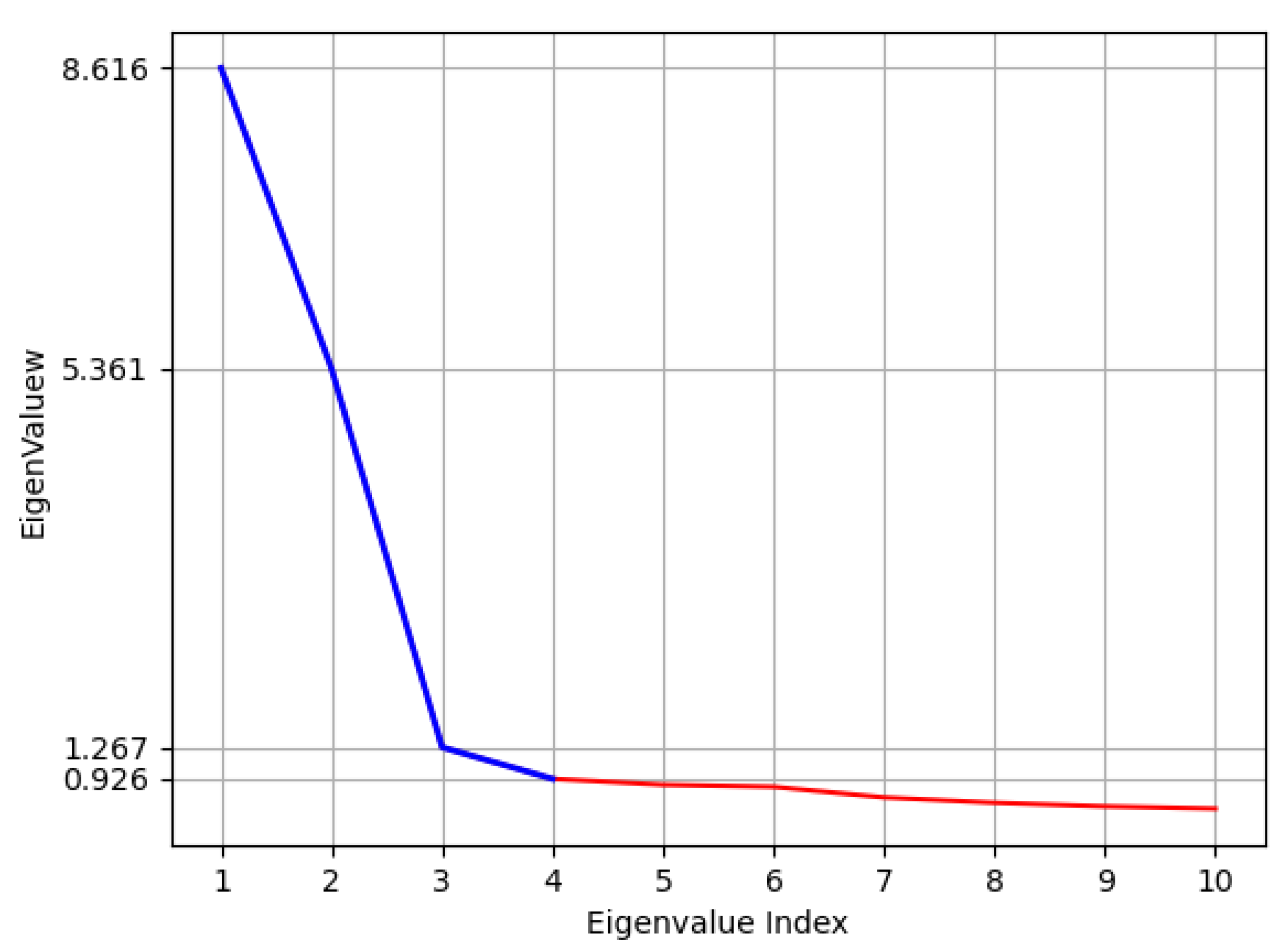
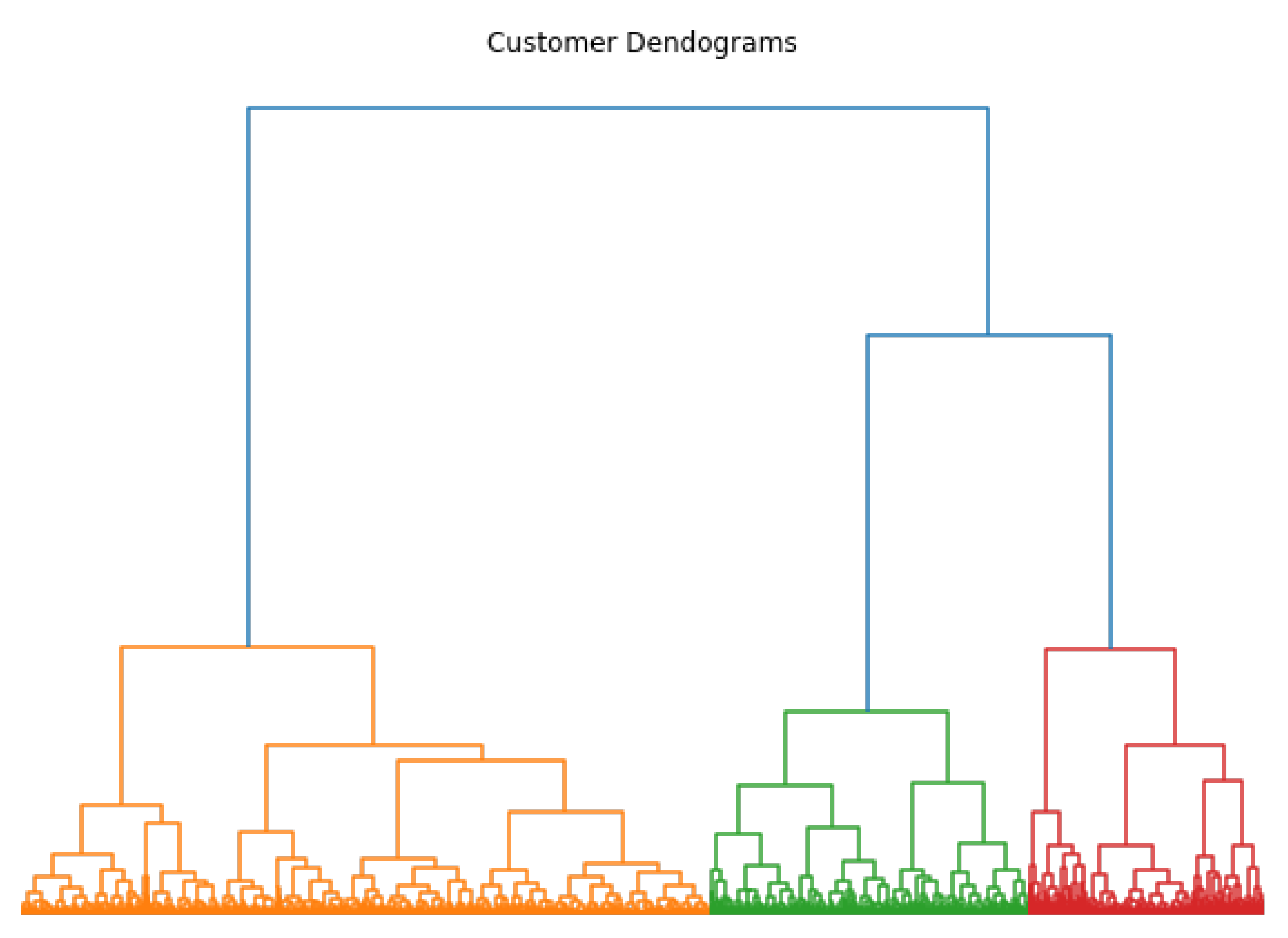
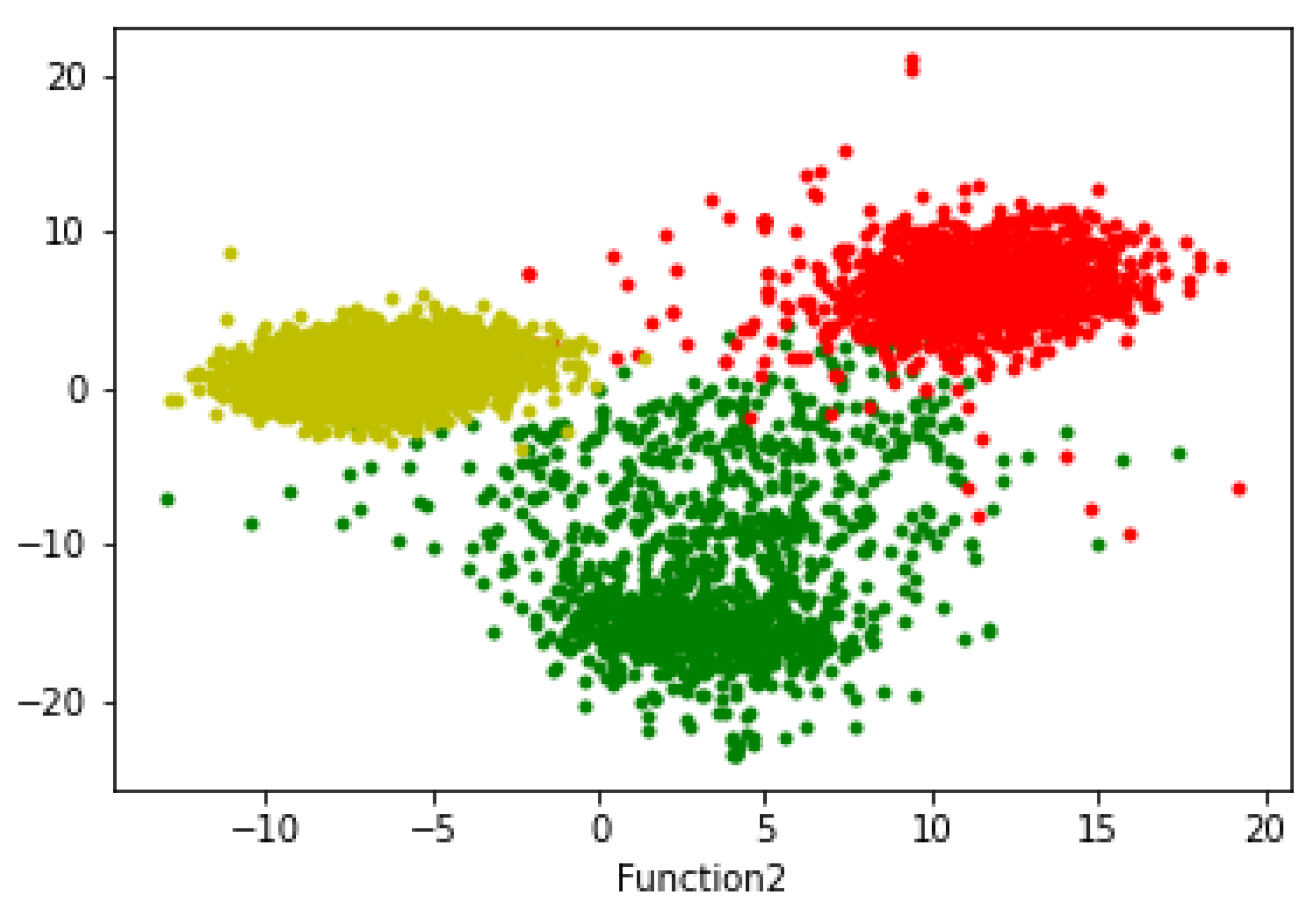

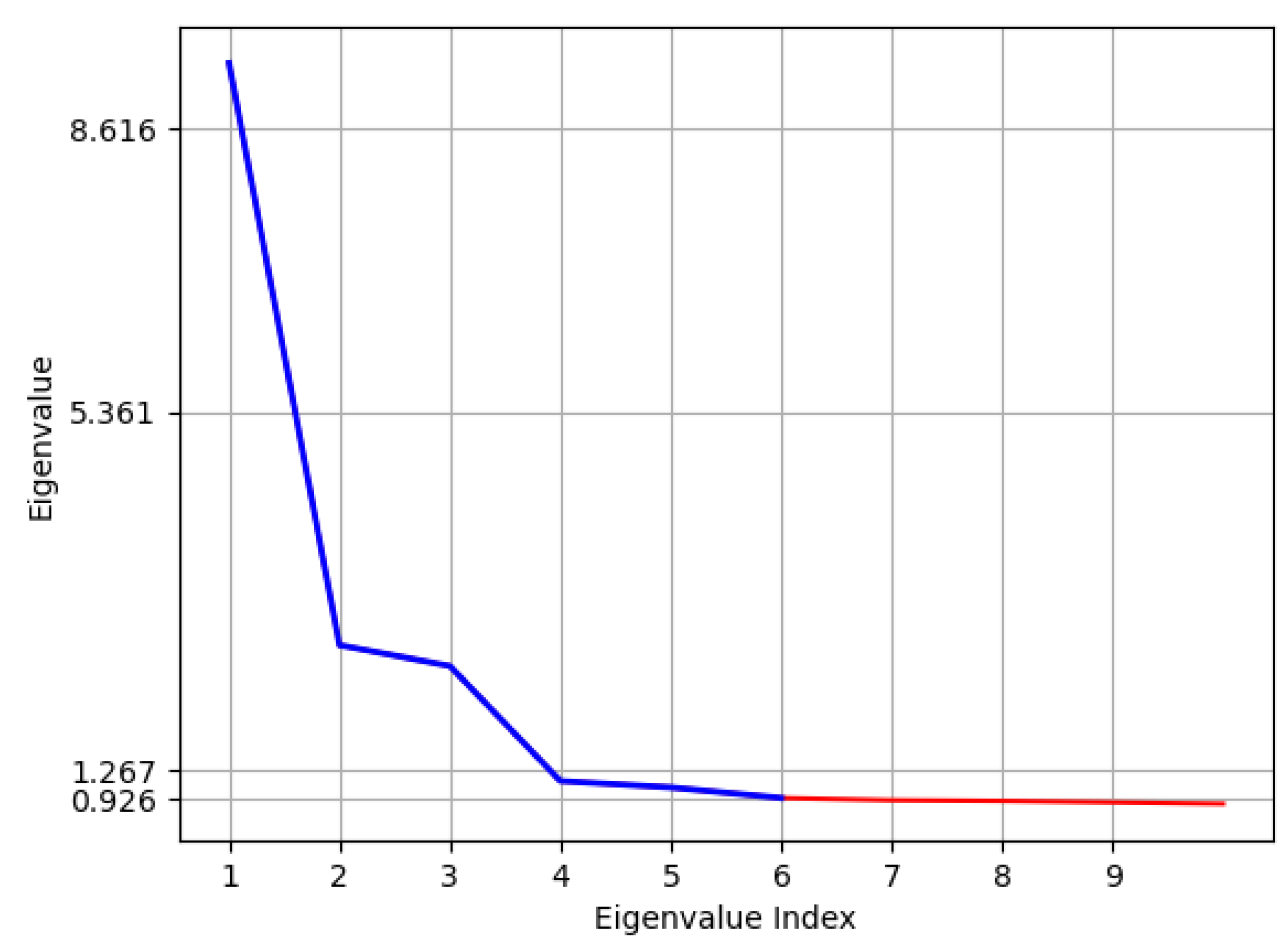


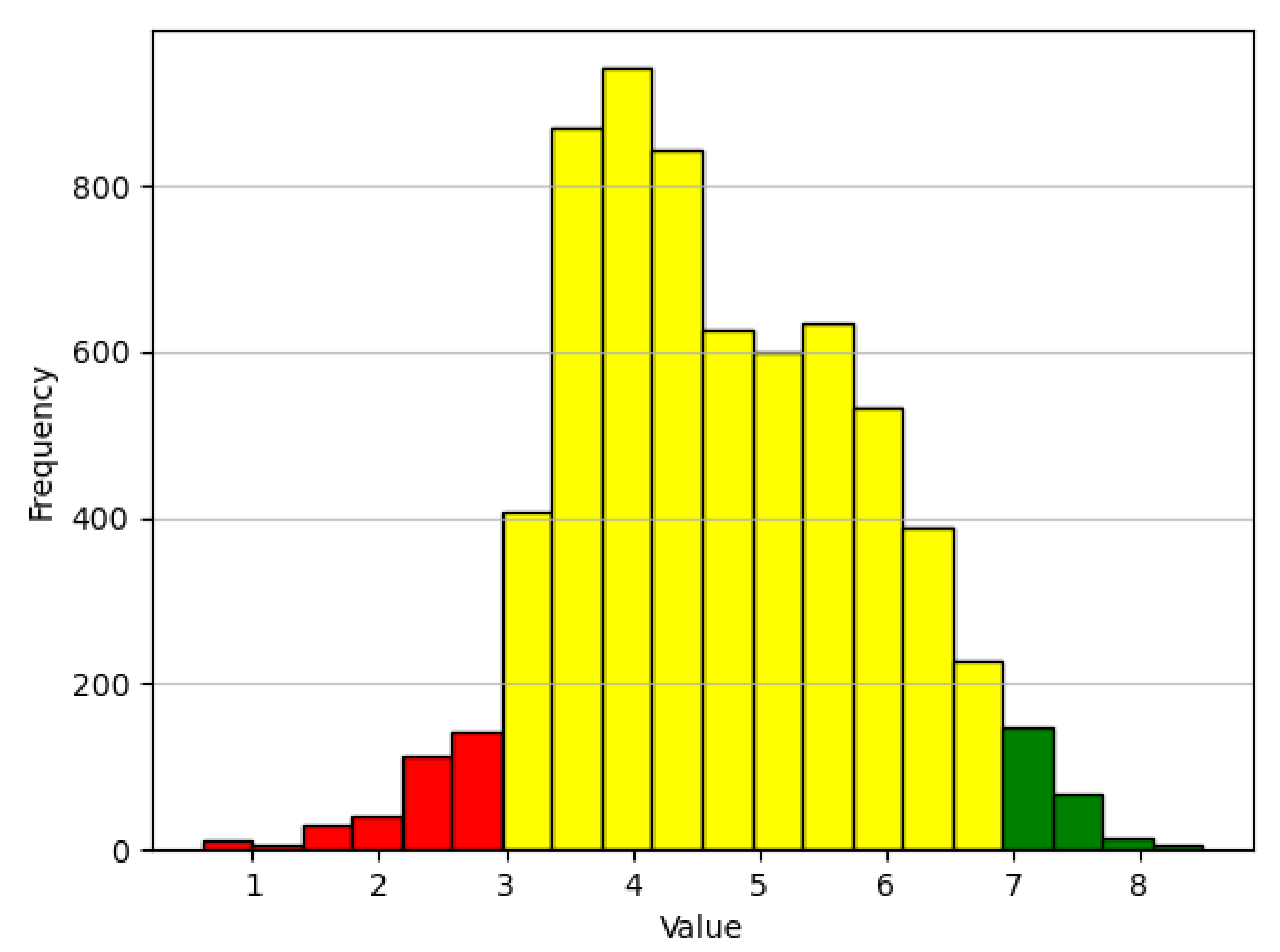
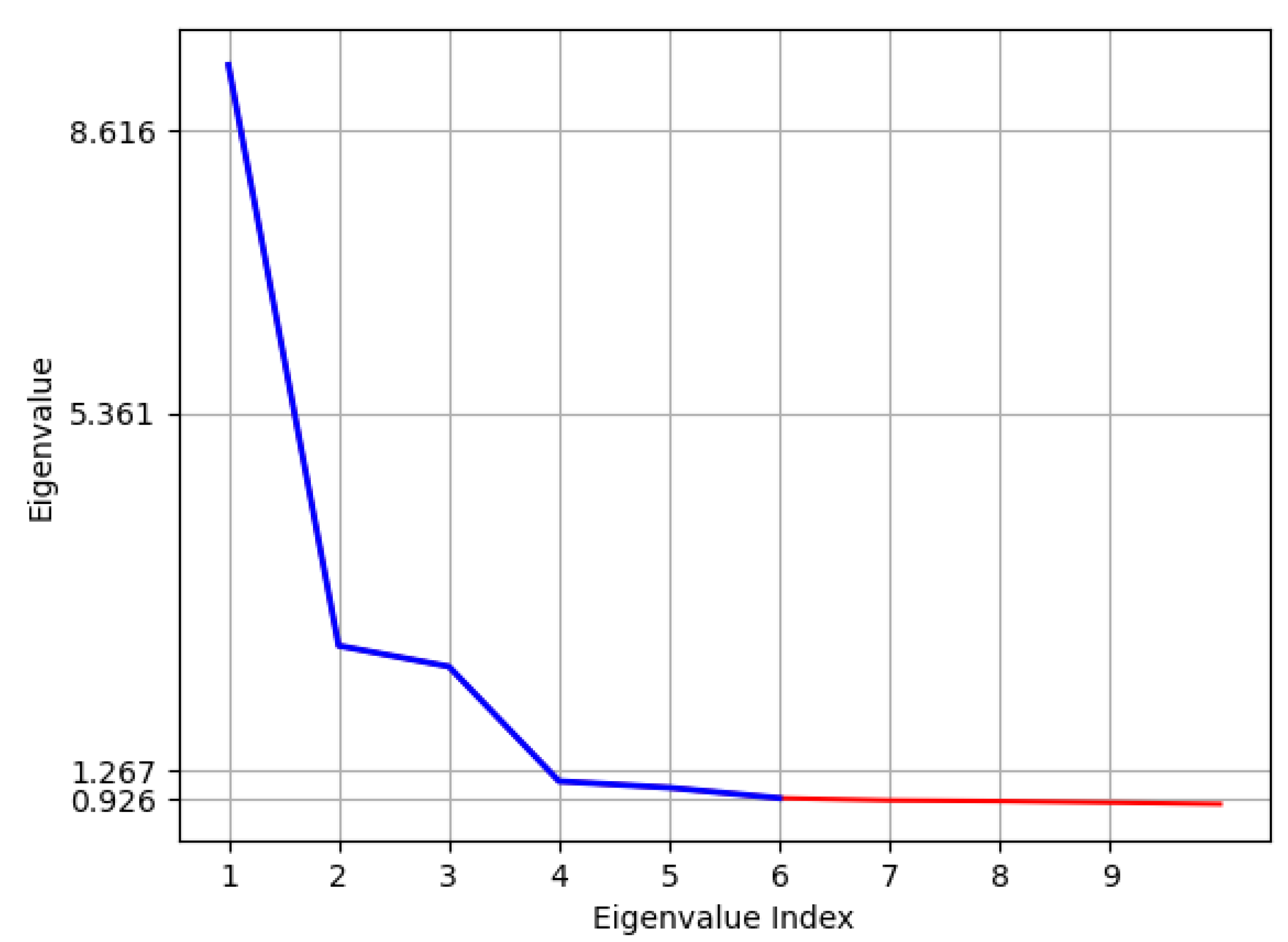
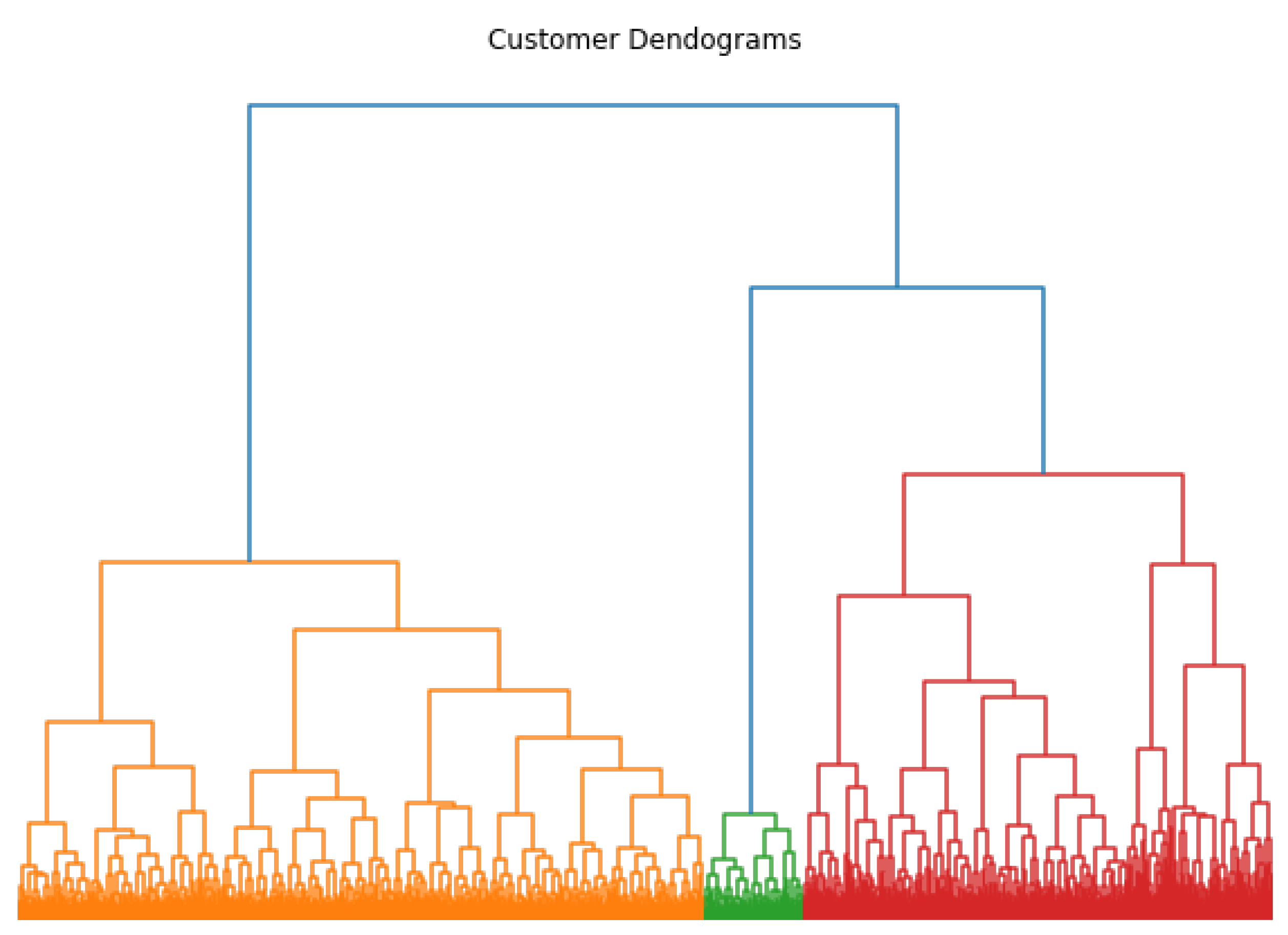
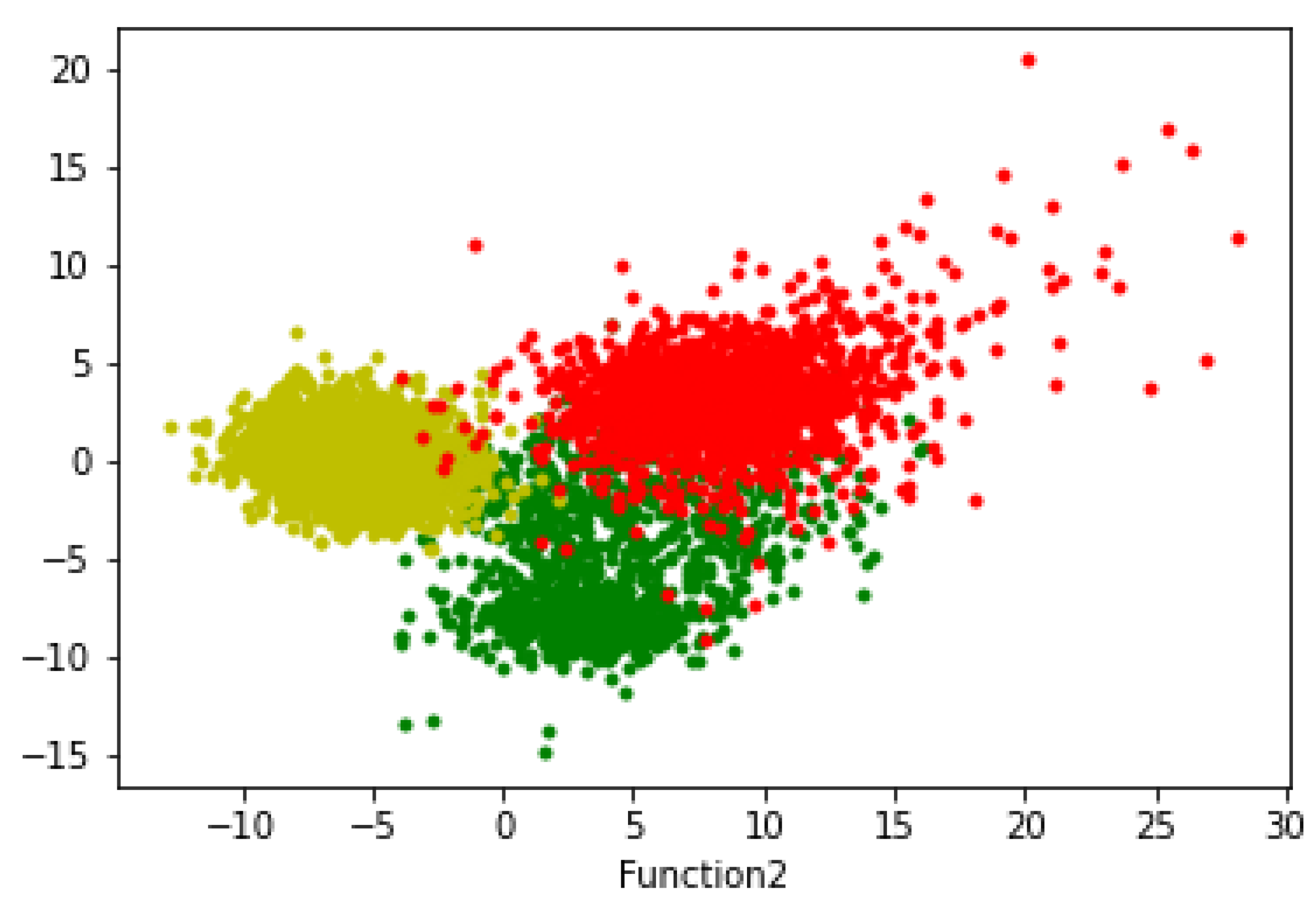
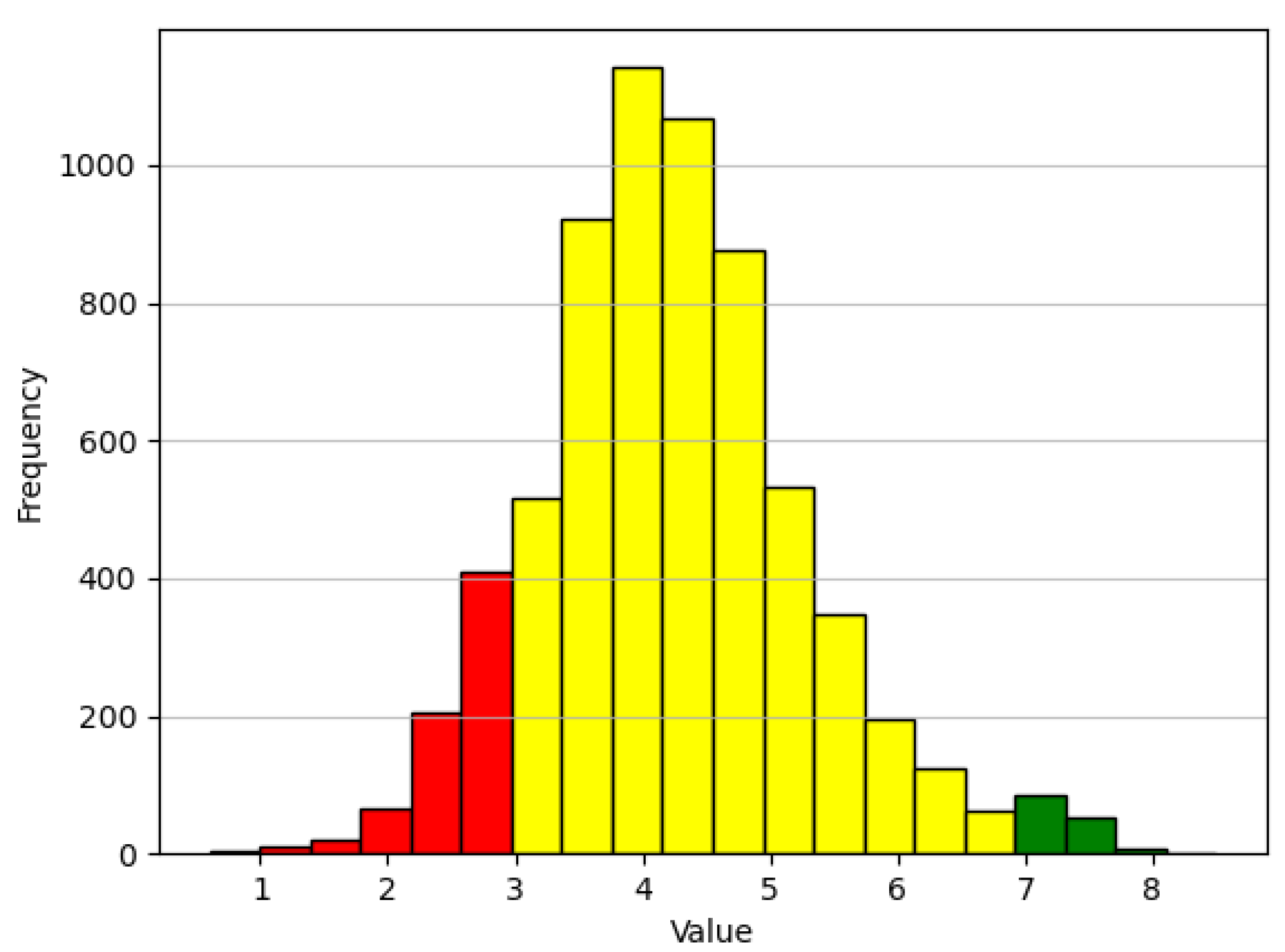
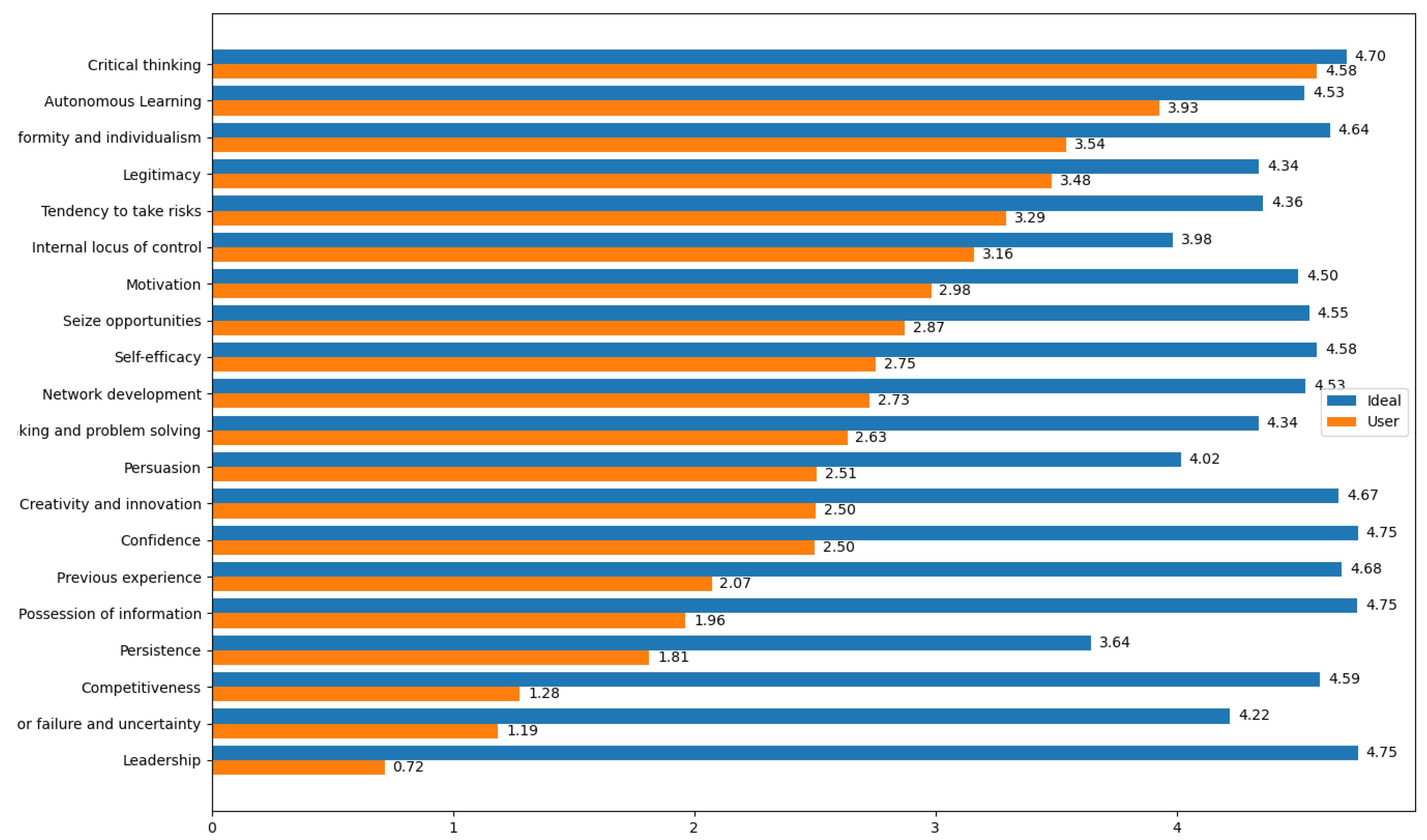
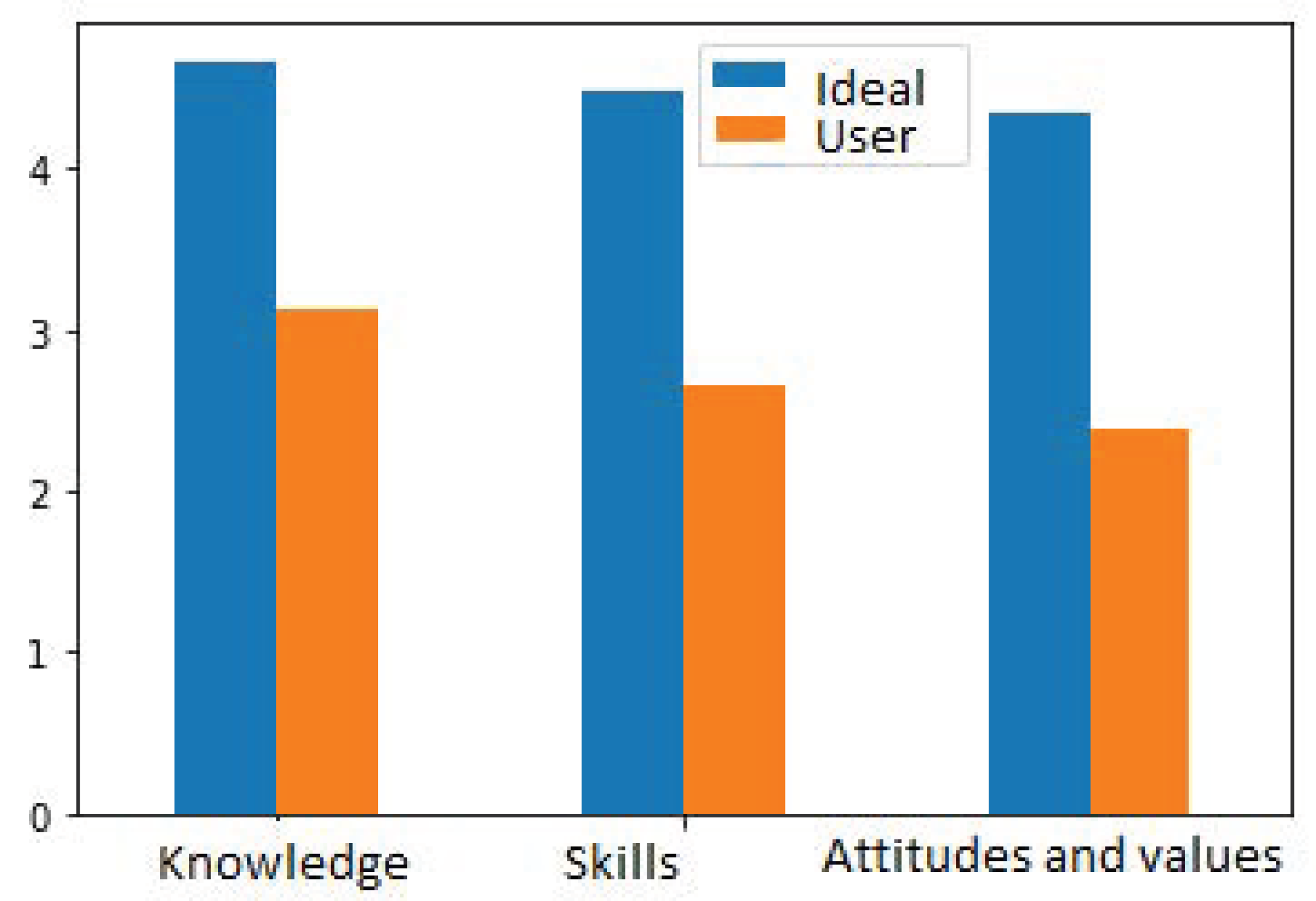
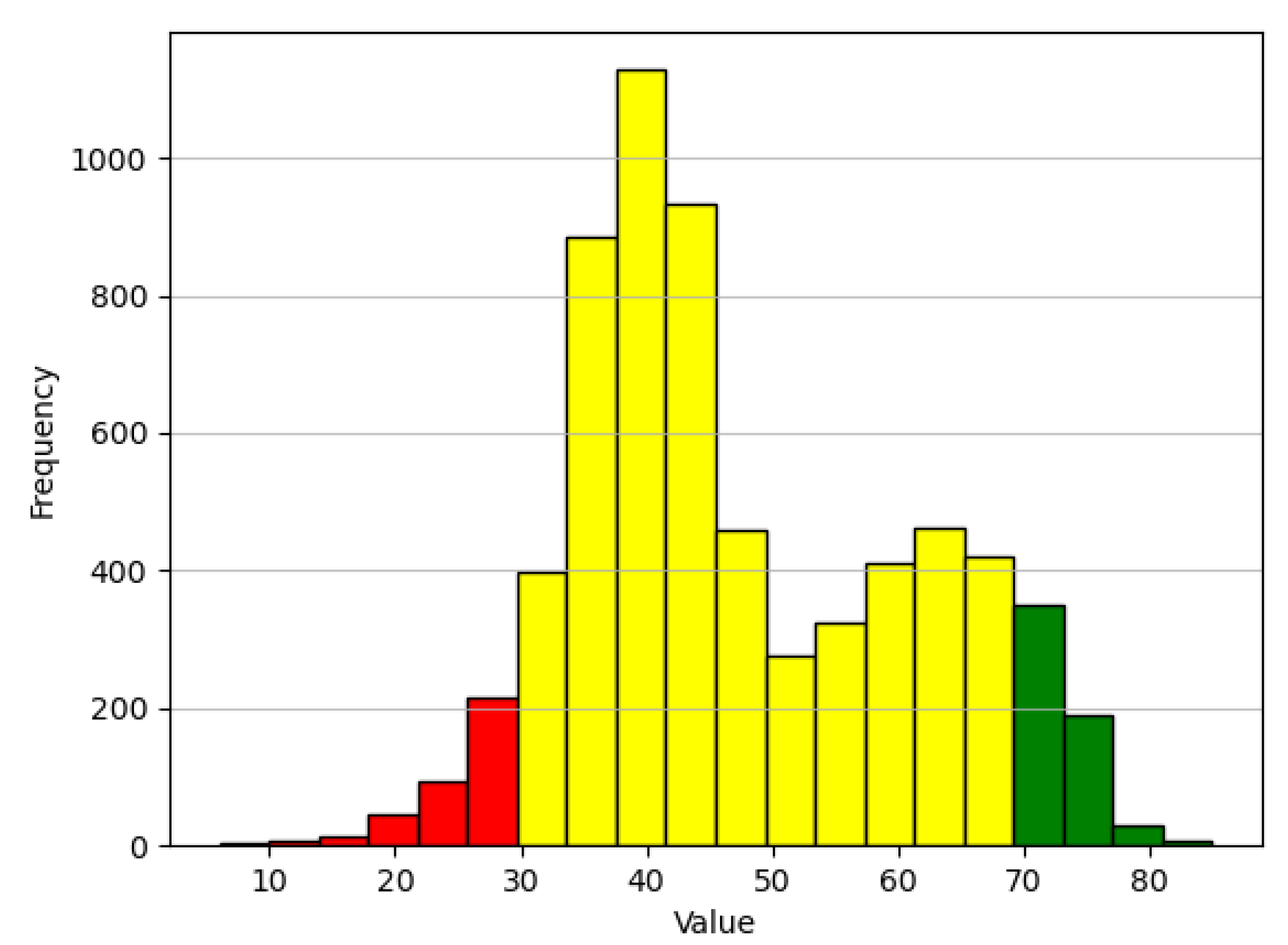
| Attribute | Authors for Reference |
|---|---|
| Autonomous Learning | Neisser, 1976; Gartner, 1988; Mitchell, Smith, Morse, Seawright, Peredo y Mckenzie, 2002; Politis, 2005; Cope, 2011; Cannavacciuolo, Iandoli, Ponsiglione y Zollo, 2017. |
| Seize opportunities | Schumpeter, 1982; Begley y Boyd, 1987; Mitton, 1989; Shane y Venkataraman, 2000; Álvarez y Busenitz, 2001; Politis, 2005; Alvarez y Barney 2007; Welpe, Spörrle, Grichnik, Michl y Audretsch, 2012; Alvarez, Barney y Anderson, 2013; Davidsson, 2015; Gaglio y Winter, 201. |
| Self-efficacy | Bandura, 1977; Bandura, 1982; Clement, 1987; Herron y Sapienza, 1992; Shane y Venkataraman, 2000; Chen, Gully y Eden, 2004; Goel y Karri, 2006; McGee, Peterson, Mueller y Sequeira, 2009; Drnovšek, Wincent y Cardon, 2010; Ahlin, Drnovšek y Hisrich, 2014; Chatterjee y Das, 2015; McGee y Peterson, 2019. |
| Thought critical | Neisser, 1976; Shaver y Scott, 1991; Bird, 1992; Krueger, 1993; McGrath, 1999; Shane y Venkataraman, 2000; Álvarez y Busenitz, 2001; Mitchell, Smith, Morse, Seawright, Peredo y McKenzie, 2002; Baron, 2004; Sommer y Haug, 2011; Brännback y Carsrud, 2016. |
| Competitiveness | Friedman y Rosenman, 1974; Begley y Boyd, 1987; Matlay, Dinis, Do Paco, Ferreira, Raposo, y Gouveia Rodrigues, 2013; Stroe, Wincent y Parida, 2018. |
| Legitimacy | Mitton, 1989; Politis, 2005; Tornikoski y Newbert, 2007; Rutherford, Buller y Stebbins, 2009; Kuratko, Fisher, Bloodgood y Hornsby, 2017. |
| Creativity and innovation | Brockhaus, 1980; Schumpeter, 1982; Gartner, 1988; Cunningham y Lischeron, 1991; Álvarez y Barney, 2001; Cuervo, 2005; Goel y Karri, 2006; Fillis y Rentschler, 2010; Sarri, Bakouros, y Petridou, 2010; Ahlin, Drnovšek y Hisrich, 2014; Gundry, Ofstein, y Kickul, 2014; Aldrich y Martinez, 2015; Chatterjee y Das, 2015; Edwards-Schachter, García-Granero, Sánchez-Barrioluengo, Quesada-Pineda y Amara, 2015. |
| Network development | Mitton, 1989; Cunningham y Lischeron, 1991; Arenius y De Clercq, 2005; Peris, Peris-Ortiz y Gil-Pechuan, 2010; Cannavacciuolo, Iandoli, Ponsiglione y Zollo, 2017. |
| Confidence | Shane y Venkataraman, 2000; Goel y Karri, 2006; Cacciotti y Hayton, 2015; Chatterjee y Das, 2015; Invernizzi, Menozzi, Passarani, Patton y Viglia, 2017; Bernoster, Rietveld, Thurik, y Torrés, 2018. |
| Previous experience | Schumpeter, 1982; Gartner, 1985; McGrath, 1999; Shane y Venkataraman, 2000; Shepherd, Douglas y Shanley, 2000; Sarasvathy, 2001; Shane, 2003; Ucbasaran, Westhead y Wright, 2003; Politis, 2005. |
| Nonconformity and individualism | Cunningham y Lischeron, 1991; Goel y Karri, 2006; Anderson y Smith, 2007; Chatterjee y Das, 2015; Liñán, Moriano y Jaén, 2016. |
| Leadership | Fiedler, 1966; Cunningham y Lischeron, 1991; Gupta, MacMillan y Surie 2004; Covin y Slevin, 2015. |
| Internal locus of control | Rotter, 1966; Brockhaus, 1982; Gartner, 1985; Begley y Boyd, 1987; Shaver y Scott, 1991; Chatterjee y Das, 2015; Espíritu-Olmos y Sastre-Castillo, 2015; Hsiao, Lee y Chen, 2016; Knopf, Stone, y Winston, 2017. |
| Motivation | McClelland, 1961; Begley y Boyd, 1987; Cunningham y Lischeron, 1991; Herron y Robinson, 1993; Shane y Venkataraman, 2000; Shane, Locke y Collins, 2003; Segal, Borgia y Schoenfeld, 2005; Ismail, Husin, Rahim, Kamal y Mat, 2016. |
| Persistence | Mitton, 1989; Schindehutte, Morris y Allen, 2006; Cardon, Wincent, Singh y Drnovsek, 2009; Gielnik, Spitzmuller, Schmitt, Klemann y Frese, 2015; Adomako, Danso, Uddin y Damoah, 2016. |
| Persuasion | Schumpeter, 1982; Shane y Venkataraman, 2000; Shane, 2003; Álvarez y Busenitz, 2001. |
| Possession of information | Schumpeter, 1982; Shane y Venkataraman, 2000; Shane, 2003; Álvarez y Busenitz, 2001. |
| Tendency to take risks | Mill, 1872; Schumpeter, 1982; McClelland, 1961; Brockhaus, 1980; Shane y Venkataraman, 2000; Lüthje y Franke, 2003; Rauch y Frese, 2007; Kreiser, Marino, Kuratko y Weaver, 2013; Chatterjee y Das, 2015; Espíritu-Olmos y Sastre-Castillo, 2015. |
| Tolerance for failure and uncertainty | Budner, 1962; Begley y Boyd, 1987; Mitton, 1989; McGrath, 1999; Sarasvathy, 2001; Shepherd, 2003; Minniti 2005; Politis, 2005, 2008; Politis y Gabrielsson, 2009; Cope, 2011; Cacciotti y Hayton, 2015; Chatterjee y Das, 2015. |
| Decision making and problem solving | Covin y Slevin, 1991; Gartner, Bird y Starr, 1992; Sarasvathy, 2001; Dane y Pratt, 2007; Miao y Liu, 2010; Shepherd, 2011; Holland y Garrett, 2015; Maine, Soh y Dos Santos, 2015; Martina, 2018. |
| Knowledge | Skills | Attitude and Values |
|---|---|---|
|
|
|
| Actual Class | ||||
|---|---|---|---|---|
| Predicted class | Low Maturity | Medium Maturity | High Maturity | |
| Low maturity | 1689 | 5 | 7 | |
| Medium maturity | 3 | 3670 | 18 | |
| High maturity | 11 | 25 | 1221 | |
| Actual Class | ||||
|---|---|---|---|---|
| Predicted class | Low Maturity | Medium Maturity | High Maturity | |
| Low maturity | 2463 | 29 | 9 | |
| Medium maturity | 10 | 3622 | 0 | |
| High maturity | 3 | 0 | 513 | |
| Actual Class | ||||
|---|---|---|---|---|
| Predicted class | Low Maturity | Medium Maturity | High Maturity | |
| Low maturity | 2436 | 36 | 7 | |
| Medium maturity | 32 | 3611 | 0 | |
| High maturity | 8 | 1 | 518 | |
Publisher’s Note: MDPI stays neutral with regard to jurisdictional claims in published maps and institutional affiliations. |
© 2021 by the authors. Licensee MDPI, Basel, Switzerland. This article is an open access article distributed under the terms and conditions of the Creative Commons Attribution (CC BY) license (https://creativecommons.org/licenses/by/4.0/).
Share and Cite
Rivera-Kempis, C.; Valera, L.; Sastre-Castillo, M.A. Entrepreneurial Competence: Using Machine Learning to Classify Entrepreneurs. Sustainability 2021, 13, 8252. https://doi.org/10.3390/su13158252
Rivera-Kempis C, Valera L, Sastre-Castillo MA. Entrepreneurial Competence: Using Machine Learning to Classify Entrepreneurs. Sustainability. 2021; 13(15):8252. https://doi.org/10.3390/su13158252
Chicago/Turabian StyleRivera-Kempis, Clariandys, Leobardo Valera, and Miguel A. Sastre-Castillo. 2021. "Entrepreneurial Competence: Using Machine Learning to Classify Entrepreneurs" Sustainability 13, no. 15: 8252. https://doi.org/10.3390/su13158252
APA StyleRivera-Kempis, C., Valera, L., & Sastre-Castillo, M. A. (2021). Entrepreneurial Competence: Using Machine Learning to Classify Entrepreneurs. Sustainability, 13(15), 8252. https://doi.org/10.3390/su13158252






